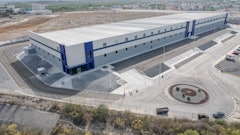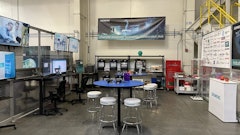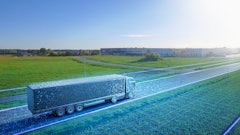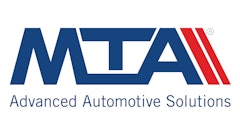“The agricultural machinery industry worldwide has enjoyed two exceptionally strong years. Following growth of 18%, to €80 billion last year, we are anticipating a further increase in sales figures for the current year,” summarizes Dr. Bernd Scherer, Managing Director of the VDMA Agricultural Machinery Association, at the presentation of the new economic report in
Frankfurt.
The association estimates global production of agricultural machinery and tractors for the year 2012 at €86 billion. The turnover level is thus approximately 25% higher than the average for the preceding five years. The upswing is essentially based on two factors: On the one hand, agricultural investments in the traditional sales markets of Europe and North America have increased considerably, following the 2009/2010 recession. On the other hand, new production capacity is being established in the newly industrialized countries, in order to cover the strong need for agricultural investment that exists there.
Agricultural income supports demand
The exceptionally high investments made by farmers and contractors in most regions of the world in the recent past are based on greater purchasing power. Agricultural incomes have risen due to good prices and also as a result of increased production of grain, oil seeds, milk and meat. Agribusiness has therefore become attractive again to many investors from outside the industry, as can be seen particularly in emerging markets.
For the coming months the VDMA Agricultural Machinery Association expects a slight decline in the price level achieved, but still anticipates a relatively tight supply situation for the sum of agricultural products, which will continue to support the market.
Diminishing growth
Following a boom of two years, diminishing growth is to be expected. In the European industry this is presently already being felt in incoming orders. However, with existing orders the utilization of production capacity is still assured for a comparatively long period – in Western Europe the order backlog is currently three months. For the coming year the industry can rely on
a continuing strong need for investment, particularly in Central and Eastern Europe, and also in Asia.


























